Iceland’s Ring Road, also known as Route 1, circles the entire island and showcases some of the most breathtaking natural wonders on the planet. Stretching approximately 828 miles around the country, this iconic highway delivers travelers to cascading waterfalls, black sand beaches, steaming geothermal areas, and vast glaciers—all within a relatively compact journey.
The complete circuit typically takes seven to ten days to explore properly, though many travelers wish they had allocated more time to soak in the experience. Here is a list of 20 essential ways to make your Iceland Ring Road adventure unforgettable, practical, and enjoyable.
Rent a Reliable 4×4 Vehicle
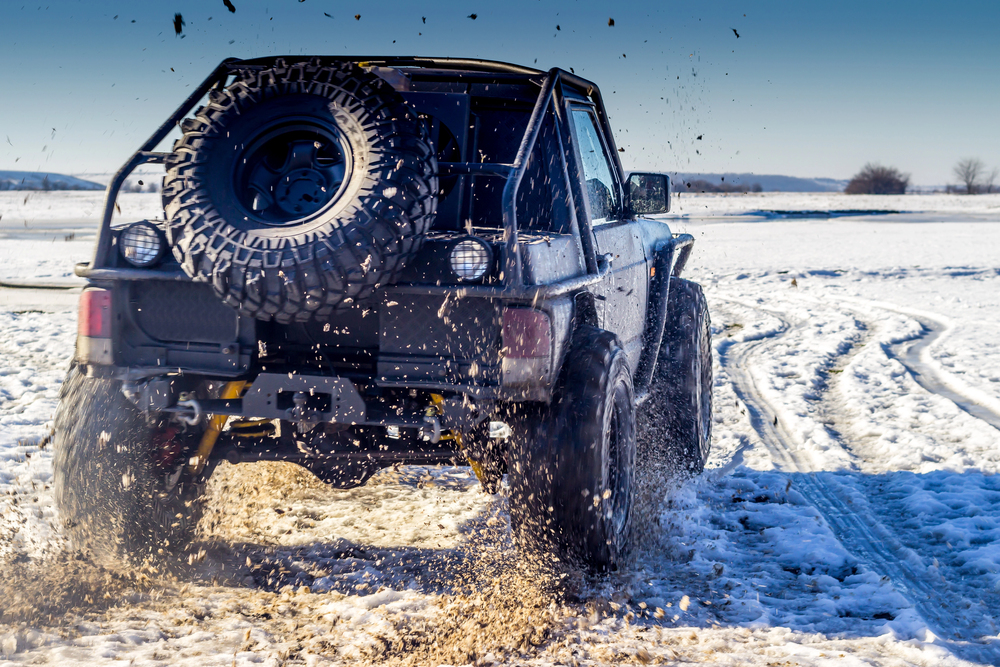
The Ring Road is paved and well-maintained, but many of Iceland’s most stunning attractions require driving on gravel or F-roads that demand higher clearance. A 4×4 vehicle allows one to explore beyond the main highway and access hidden gems like Landmannalaugar or Thorsmork.
These vehicles also offer better stability during unexpected weather changes, which can happen frequently in Iceland, even during summer.
Plan for Shoulder Season Travel
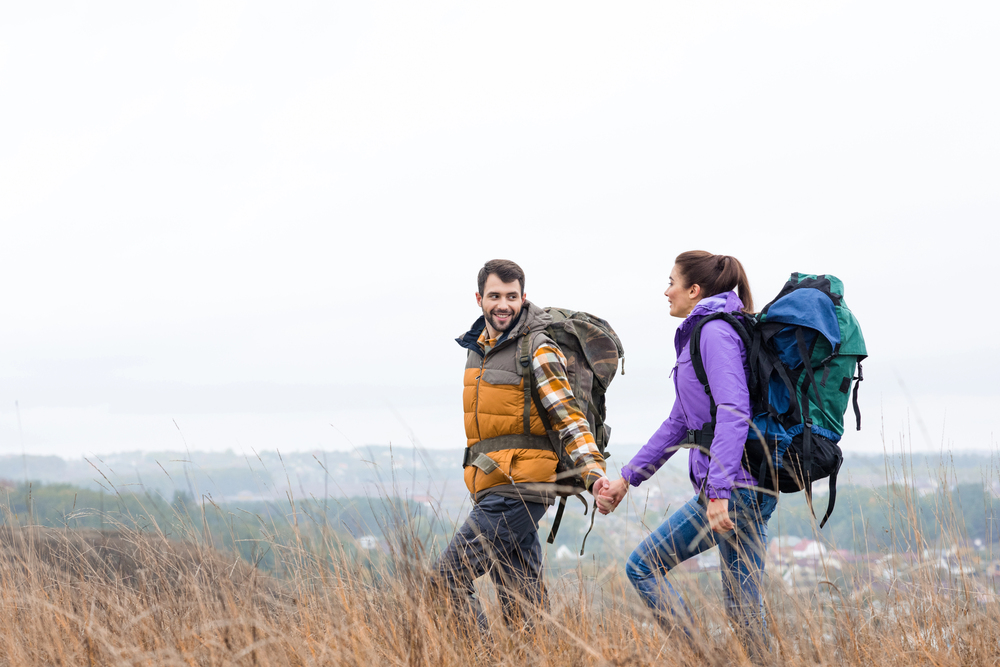
Visiting during May–June and September–October means fewer tourists, more accommodation options, and lower prices than peak summer. The weather remains relatively stable during these periods, and you’ll still experience plenty of daylight for sightseeing.
During shoulder seasons, popular spots like Diamond Beach and Skógafoss Waterfall become more peaceful, allowing for better photography and a more intimate experience with nature.
Like Travel Pug’s content? Follow us on MSN.
Book Accommodations Well in Advance

Iceland’s countryside has limited lodging options that fill quickly, especially in small towns like Vík and Höfn. Securing your accommodations 4-6 months ahead of time ensures you’ll have comfortable resting places each night of your journey.
This planning also allows you to strategically space out your overnight stays, preventing exhaustion from too much driving between locations.
Download Offline Maps

Cell service can be spotty in remote areas of Iceland, particularly in the Westfjords and East Iceland. Having offline navigation tools ensures you won’t get lost when signals disappear.
Applications like Maps.me or Google Maps’ offline function allow you to navigate confidently even in the most isolated stretches between Egilsstaðir and Mývatn, where coverage typically weakens.
Pack for All Weather Conditions
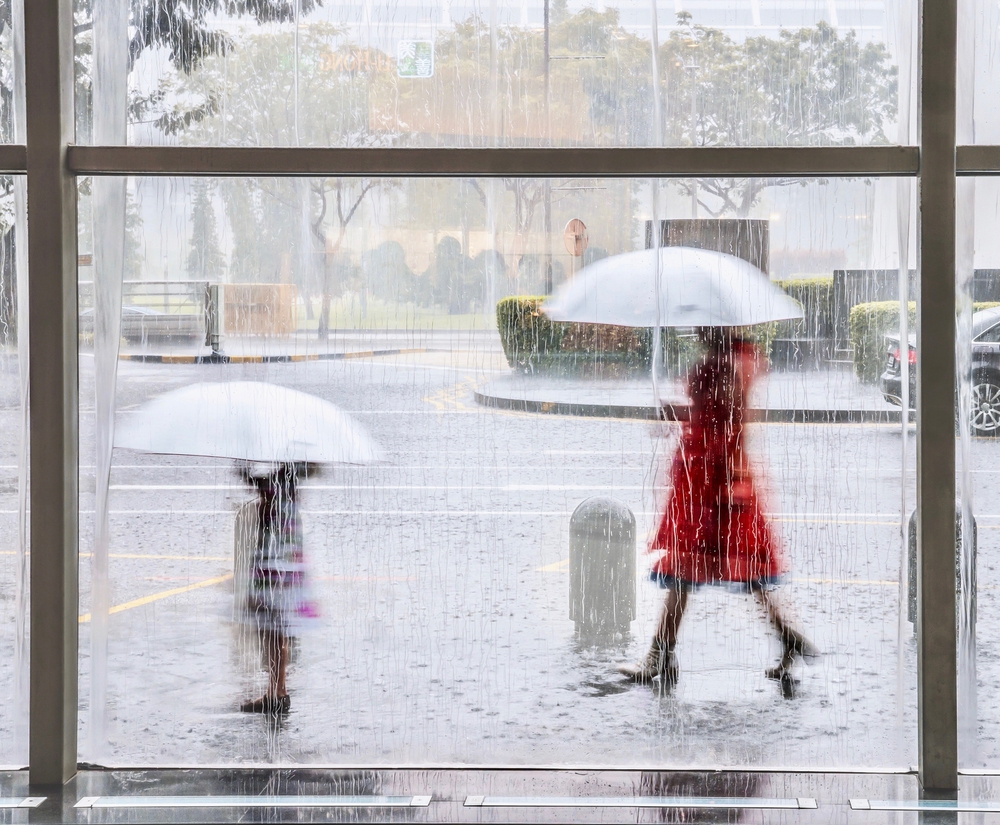
Iceland’s weather can change every five minutes, regardless of the season. Bringing waterproof outer layers, warm mid-layers, gloves, and hats is essential even for summer trips.
The strong winds at exposed sites like Dyrhólaey Peninsula or Dettifoss Waterfall can make temperatures feel much colder than reported, and having appropriate gear ensures you can comfortably enjoy these magnificent locations regardless of conditions.
Like Travel Pug’s content? Follow us on MSN.
Budget for Fuel and Food Costs

Iceland is notoriously expensive, with gas prices roughly double those in the United States. Setting aside adequate funds for fuel and meals prevents unwelcome financial surprises.
A typical Ring Road journey requires approximately two to three full gas tanks, and restaurant meals often cost $25-30 per person. Stopping at grocery stores like Bónus or Netto in larger towns can help reduce food expenses significantly.
Embrace Early Mornings
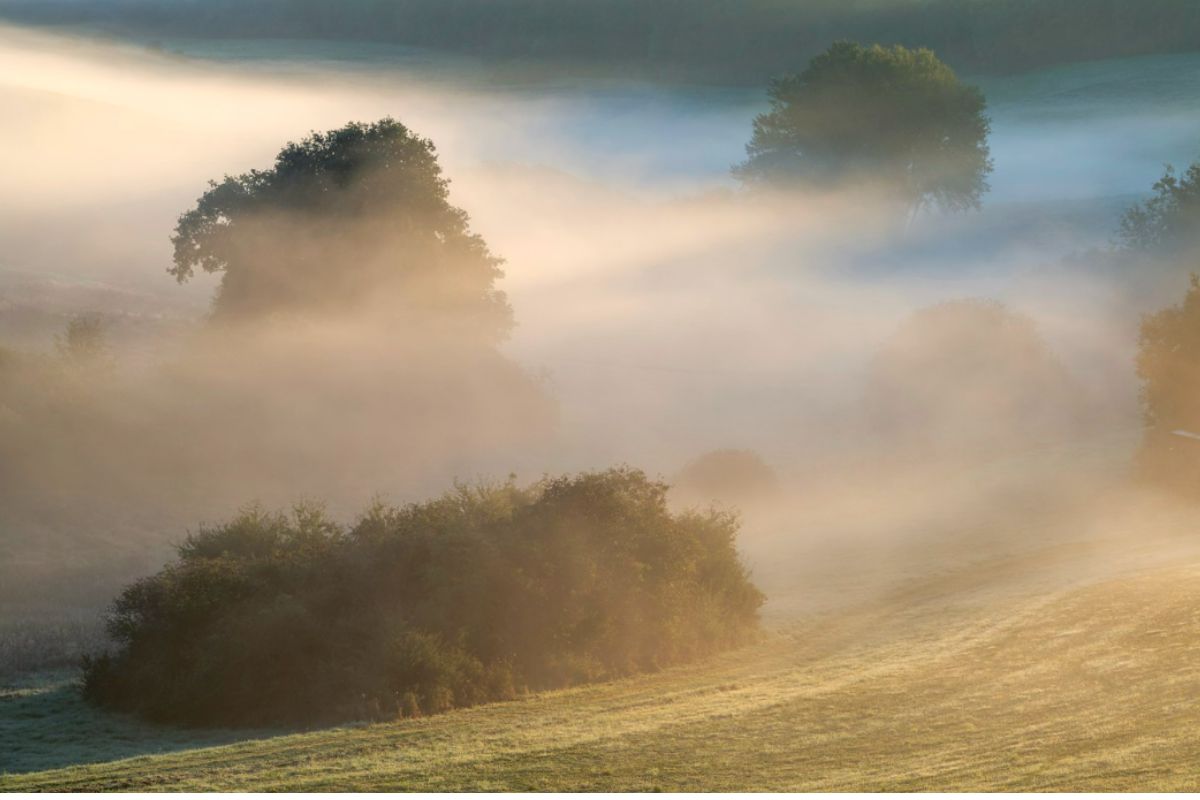
Starting your day by 7 AM puts you hours ahead of tour buses at popular attractions. Early risers are rewarded with serene, people-free experiences at iconic locations like Seljalandsfoss and Jökulsárlón Glacier Lagoon.
The morning light also creates magical photography conditions, especially during the golden hours when the sun remains low on the horizon, casting long shadows and warm light across the dramatic landscapes.
Take Side Trips from the Main Road

Some of Iceland’s most magical experiences lie just off Route 1. The detour to Snæfellsnes Peninsula adds approximately 200 miles but rewards travelers with diverse landscapes often called ‘Iceland in miniature.’
Similarly, the short diversion to Seydisfjordur in the East Fjords leads to a charming, colorful town nestled between towering mountains that many tourists miss entirely.
Like Travel Pug’s content? Follow us on MSN.
Visit Local Swimming Pools

Nearly every Icelandic town has a community pool with hot pots (natural hot tubs) that offer an authentic glimpse into local culture. These geothermally heated facilities typically cost around $8–$10 for entry, making them an affordable way to relax after long driving days.
The pools in smaller communities like Hofsós offer incredible views and opportunities to chat with residents about their recommendations for hidden local treasures.
Photograph During Blue Hour
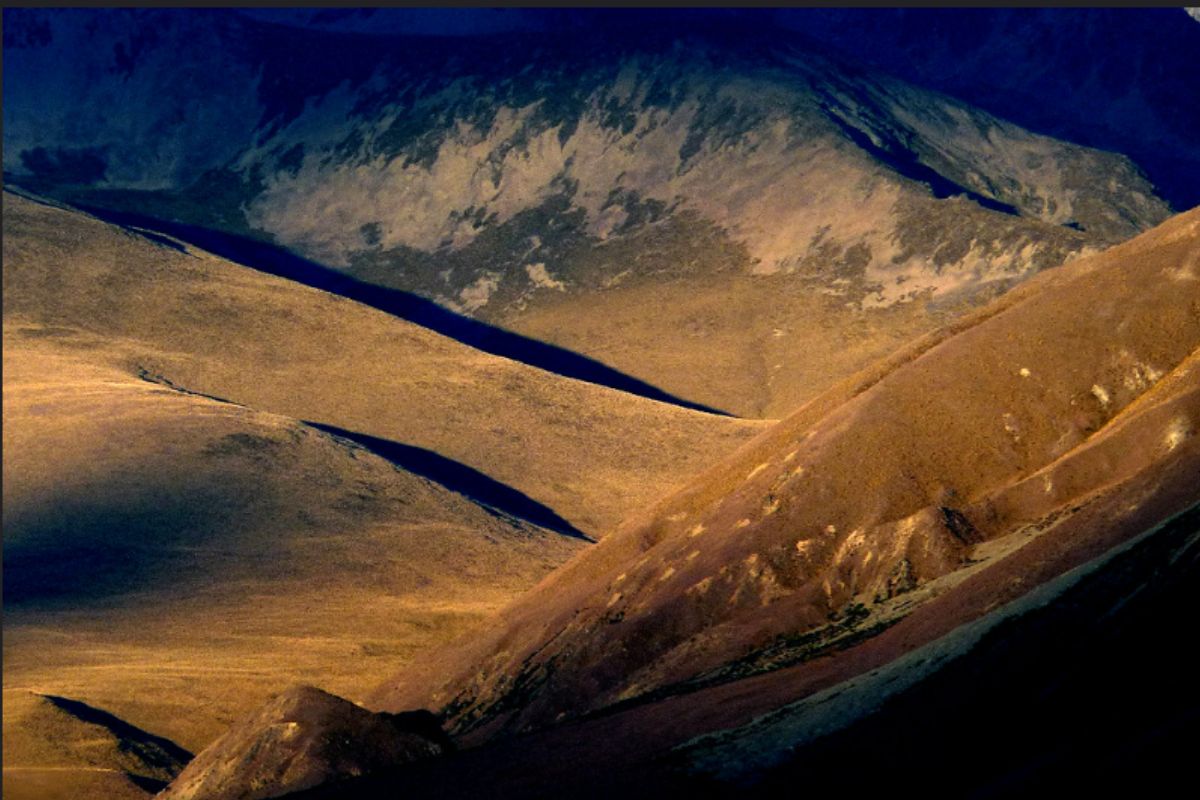
Iceland’s northern latitude creates extended twilight periods that are perfect for photography. This ‘blue hour’ casts an ethereal quality over landscapes, particularly dramatic at locations like Kirkjufell Mountain or the aircraft wreck at Sólheimasandur.
The soft, diffused light during these hours brings out textures in lava fields and glaciers that midday sun often washes out, creating more dimensional and moody images.
Plan Flexible Itineraries
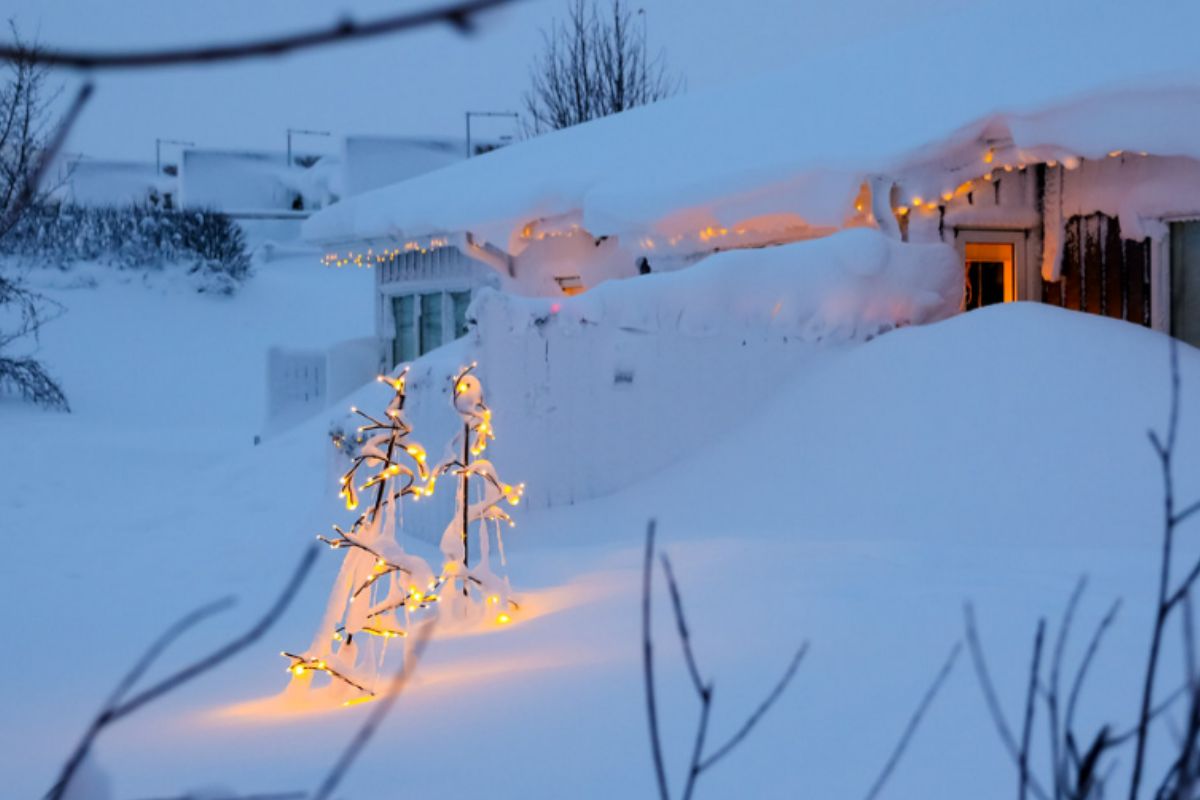
Building buffer days into your schedule allows for unexpected discoveries or weather delays. A rigid timeline might force you to drive past interesting locations or push through dangerous conditions unnecessarily.
Flexibility means we can wait out a storm in Akureyri for a day, then enjoy clear skies at Lake Mývatn instead of battling dangerous wind gusts that had overturned several camper vans the previous day.
Like Travel Pug’s content? Follow us on MSN.
Consider Guided Tours for Specific Activities

While self-driving provides freedom, certain experiences benefit from local expertise. Glacier hikes, ice cave explorations, and super jeep tours into the highlands require specialized equipment and knowledge for safety.
Tour companies like Arctic Adventures or Extreme Iceland employ guides who understand the rapidly changing conditions of these environments and can provide historical and geological context that enriches the experience tremendously.
Bring Reusable Water Bottles

Iceland’s tap water ranks among the purest in the world, making bottled water an unnecessary expense. The pristine water flowing from taps comes directly from the same sources that feed the country’s stunning waterfalls and glacial rivers.
Bringing a reusable bottle allows you to fill up anywhere, saving money and reducing plastic waste while enjoying refreshingly clean water from Iceland’s abundant natural reservoirs.
Use an Iceland-Specific Travel App
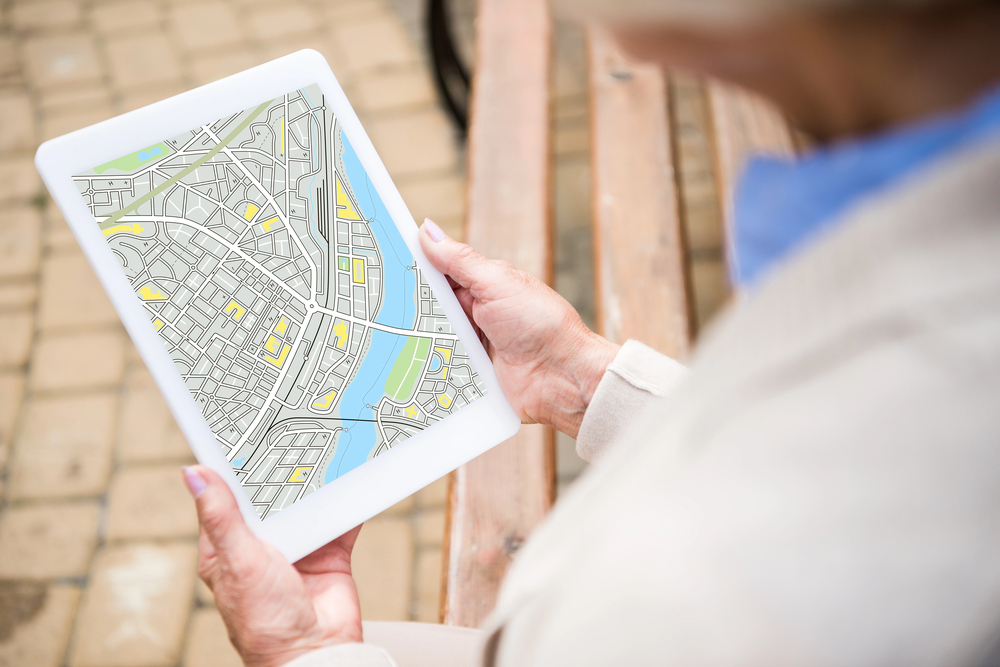
Applications like Iceland Road Guide provide real-time information about road closures, weather alerts, and northern lights forecasts. These specialized tools offer more relevant information than general travel apps, particularly regarding rapidly changing conditions.
The Icelandic Meteorological Office app gives hour-by-hour weather predictions specific to regions along the Ring Road, helping travelers make informed decisions about when to drive or wait out adverse conditions.
Like Travel Pug’s content? Follow us on MSN.
Sample Local Cuisine Beyond Fish
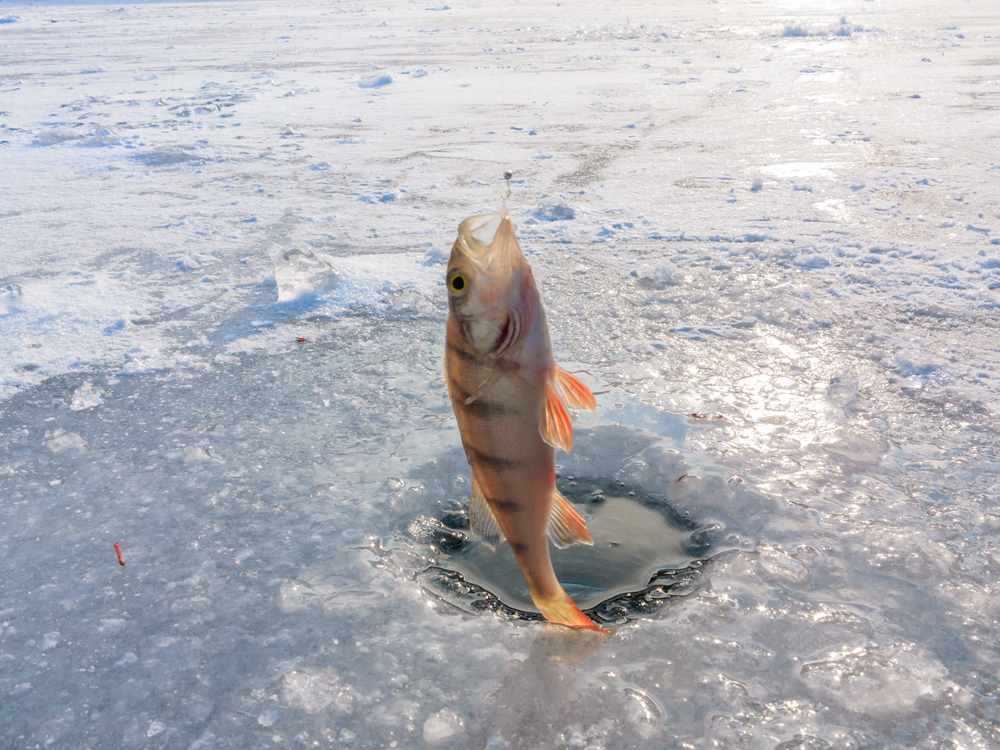
Although seafood is Iceland’s culinary star, numerous other unique foods exist. Trying traditional lamb soup, skyr (a yogurt-like dairy), and geothermal hot spring-baked rye bread connects you to centuries of Icelandic cuisine.
Even gas stations such as N1 have surprisingly tasty traditional meat soup and freshly baked pastries that offer genuine tastes between more upscale dining experiences.
Look for Hidden Waterfalls

In addition to popular cascades such as Gullfoss and Godafoss, hundreds of unnamed waterfalls are scattered across the countryside, usually with no other people in sight. Stopping to take a moment to pull over for these finds makes for special memories off the beaten path.
The unmarked falls within Fjaðrárgljúfur Canyon and along the road outside Kirkjubæjarklaustur provide serene environments for contemplation and photography that the tour-bus crowd entirely misses.
Respect Environmental Protections

Expanding tourism threatens Iceland’s sensitive ecosystem. Walking on designated paths, staying off moss-covered lava fields, and obeying closures preserve these environments for future generations.
Recovery for harmed moss takes over 100 years, and places such as Eldhraun Lava Field have been devastated by tourists who didn’t grasp the sensitivity of these old biological communities.
Like Travel Pug’s content? Follow us on MSN.
Leave Extra Time for Southern Iceland

The southern stretch between Reykjavik and Höfn contains the highest concentration of popular attractions and requires more exploration time. What appears to be a four-hour drive often becomes a full-day journey with stops.
The 130-mile section between Vík and Jökulsárlón alone contains so many worthwhile stopping points—from Fjaðrárgljúfur Canyon to Skaftafell Nature Reserve—that rushing through it would mean missing some of Iceland’s most spectacular landscapes.
Pack Swimming Gear Year-Round
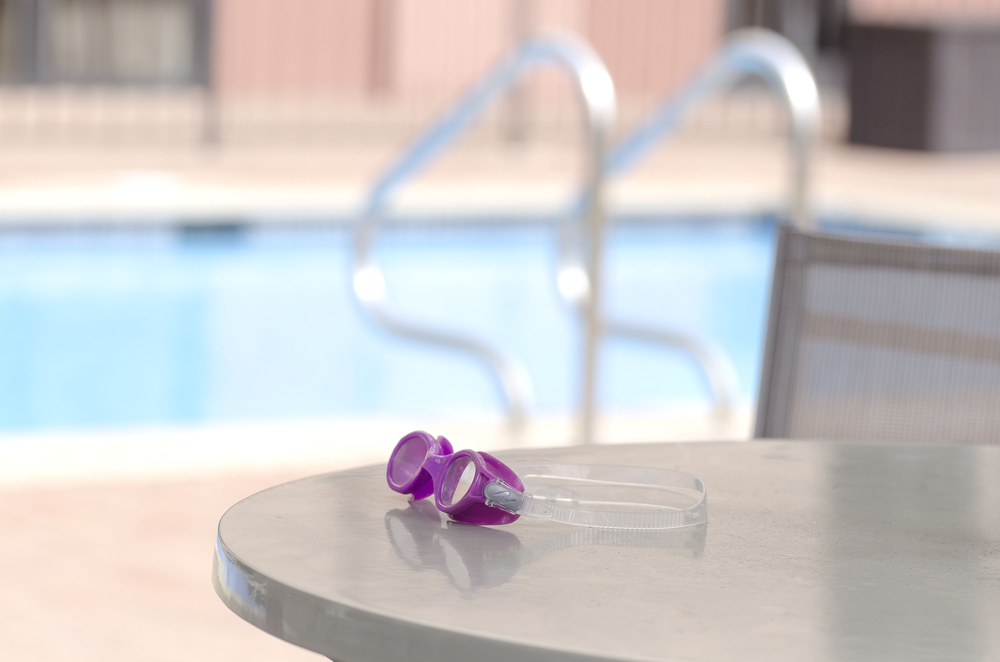
Even in winter, Iceland’s geothermal bathing spots provide warm swimming opportunities. The Blue Lagoon gets all the attention, but natural hot springs like Seljavallalaug and Reykjadalur hot river offer equally memorable bathing experiences without the crowds or high entry fees.
The surreal experience of soaking in warm water surrounded by snow-covered mountains creates the contrast that defines Iceland’s appeal to travelers.
Carry Sufficient Cash for Remote Areas

While credit cards are widely accepted, some remote gas pumps, cafes, and bathrooms require coins or small bills. Having 5,000–10,000 Icelandic krónur (about $35–$70) in cash prevents inconvenient situations.
This becomes particularly important in the less-developed areas of the Eastern fjords and northern regions, where some facilities operate on honor systems with collection boxes rather than staffed payment points.
Like Travel Pug’s content? Follow us on MSN.
The Circular Journey’s Endless Discoveries

The Ring Road’s beauty lies not just in its famous landmarks but in the journey itself—the ever-changing light on distant mountains, the sudden appearance of wild reindeer in the east, or the steam rising from the earth in unexpected places. Iceland’s Route 1 delivers a constant stream of wonder that transforms travelers’ perspectives long after they’ve completed the circle.
The landscapes you’ll witness defy easy categorization, blending otherworldly volcanic terrain with pastoral farmland and cascading waterways in ways that continually surprise even experienced world travelers.
More from Travel Pug

- Cities Growing so Fast You Won’t Recognize Them in 10 Years
- 13 Destinations Where Tourists Regularly Regret Their Trip
- 20 Obscure WWII Sites Even History Buffs Don’t Know About
- 10 Under-the-Radar Mountain Towns That Are Both Affordable and Beautiful
- Remote Villages in Europe Where You Can Live for Free in Exchange for Work
Like Travel Pug’s content? Follow us on MSN.
